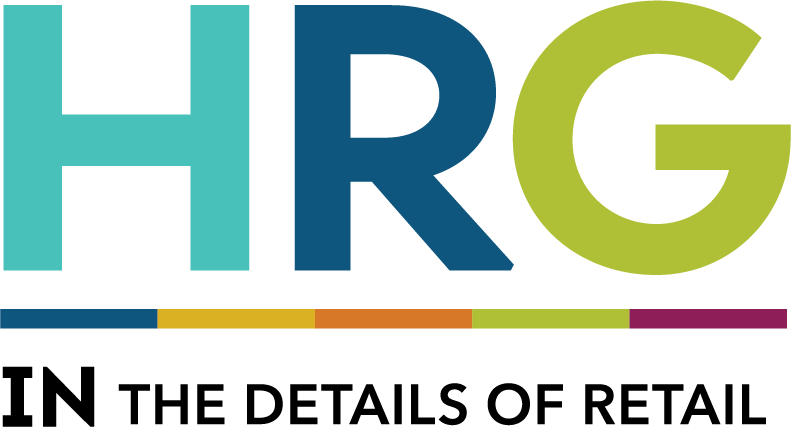by Dave Wendland, vice president strategic relations, for Drug Store News
According to the Merriam-Webster dictionary, the definition of repository suggests that it is a place, building, or receptacle where things are or may be stored. However, when it comes to product information and data assets, the repository must not only provide storage and access to its contents, but consideration must be given to the integrity of what is being stored.
Before we look to the future, let’s take a moment to reflect on the evolution of product information across the industry.
Rise of the barcode
It wasn’t until the first product was scanned (a pack of Wrigley’s gum) five decades ago, that the idea of having product information—in this case an identifying number and product description—was necessary. On April 3, 1973, the UPC (Universal Product Code) barcode was adopted as a standard for use in retail stores in the United States, and the first barcode was scanned on June 26, 1974, in a Marsh store in Troy, Ohio. Heretofore, retailers and manufacturers alike relied on manual logs of handwritten information comprising product descriptions and other details.
Interestingly, about a decade before supermarkets first starting scanning products, the U.S. rail industry had already adopted barcode technology. The first identifiers were used to mark railway freight cars and were scanned by fixed trackside scanners.
Now, as the 50-year anniversary of the use of barcodes in retail is being commemorated, its evolution has not slowed. Iterations have included the introduction of the 2D barcode and the QR (quick response) code. The industry is now transitioning from the original 1D barcode (vertical lines on most packages) to a more robust 2D barcode which will surely emerge as the de facto standard allowing more information to be stored and transmitted than the traditional 1D barcode. The 2D version is commonly used in shipping and logistics applications and the data stored in both the height and width of the code require cameras to scan the code which requires a replacement to limited-function laser barcode scanners. The QR code is one version of a 2D barcode that can be scanned using a smartphone camera and has become popular for advertising and marketing purposes. Despite premature discussion of the demise of the QR code, its propulsion during the pandemic increased its vitality and secured its place among other technologies.
The current barcode remains the standard for inventory management, transaction processing, and product tracking. Although the retail sector has benefited immensely from the barcode, amassing millions of dollars in savings, the more comprehensive 2D barcodes will unlock significantly more benefits for consumers and revolutionize inventory management and promotional activities for retailers.
Data at the heart
What information resides behind the traditional 1D barcode, and more importantly, the 2D barcode, QR code, and future iterations can make or break the validity and relevance of the code itself. As Mark Twain quipped, “Data is like garbage. You’d better know what you are going to do with it before you collect it.” In the case of product information, accuracy, completeness, and consistency matter.
GS1 U.S., the not-for-profit organization that administers UPC barcodes is working with manufacturers and retailers to upgrade traditional UPCs to 2D barcodes that provide consumers with product information at checkout. A recent GS1 U.S. survey that showed that nearly eight in 10 shoppers are more likely to purchase products with a scannable barcode that provides them with more in-depth info. Furthermore, three-quarters of shoppers shared that it was important to have more comprehensive product information at their fingertips when making a purchase.
These enriched barcodes can provide product content such as composition, ingredients, sustainability efforts, and recalls, and can help retailers with inventory control, on-demand discounting, and couponing. The key to its success will be the integrity of the data behind it.
In 2013, internationally recognized software developer, Medipim, identified a gap across the healthcare product segment which was devoid of reliable and standardized data sets and sought to solve the challenge. Ten years later, founder Maarten Deboo and his team manage one of the most comprehensive online databases of over-the-counter medications, pharmaceutical products, and cosmetics for healthcare professionals. It’s currently used by retailers, data integrators, manufacturers, and others across seven countries to populate product images, attributes, and details to various web applications, e-commerce sites, point-of-sale systems, digital signage platforms, and more.

Retailers are offering their support and readiness for 2D barcodes. Early adopters have prioritized this vital industry transition. GS1 U.S. is pushing to make QR codes accepted at point-of-sale by 2027. As such, GS1 is committed to facilitating industry collaboration on 2D barcode technology and its adoption during the transition and beyond.
Today’s savvy consumers are demanding more information about the integrity of the products they are purchasing and seek specifics about a product’s origin, expiration, sustainability practices, and additional details that will aid in their decision.
According to reports offered by GS1 (https://www.qualityassurancemag.com/news/gs1-us-celebrates-50-year-barcode-scanniversary-and-heralds-next-generation-barcode-to-support-modern-commerce/), the technology is already being tested with pilots across 48 countries. Bob Carpenter, U.S. president and CEO of GS1, recently stated, “In this dynamic landscape, innovation is flourishing with the growing adoption of new 2D barcodes.”
Data is one of business’s most valuable assets. Ensuring accuracy, completeness, currency and accessibility are vital, as is easy integration. The need for a reliable data repository has never been more critical, and developers who support robust platforms fueled by trusted data are ideally positioned to consistently provide product content that retailers, wholesalers, manufacturers, and consumers alike will be drawn to because it is a proven, comprehensive source of truth.
